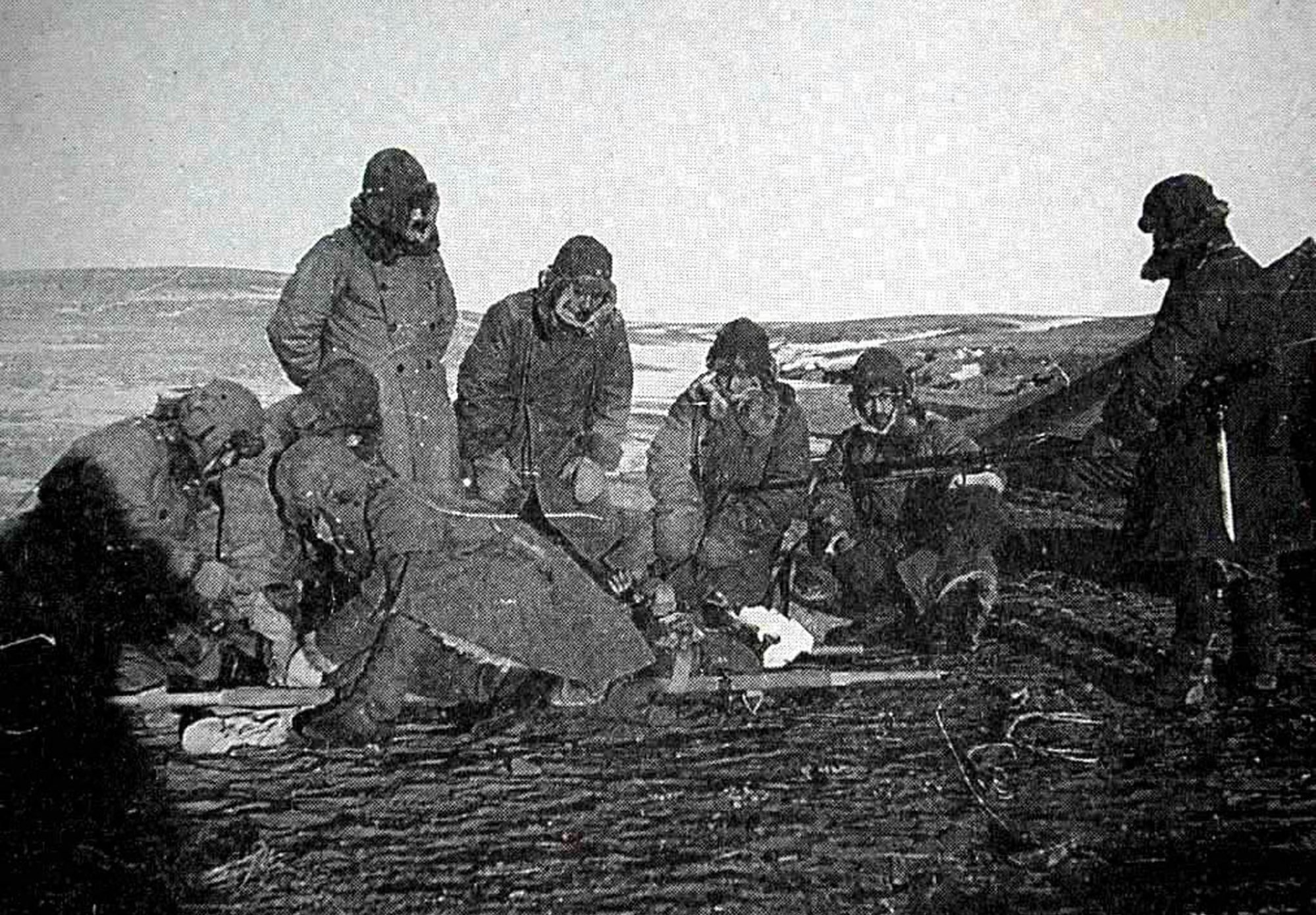Archaeologists have located an underground research facility where Japanese military scientists conducted “horrific biological weapon experiments” on human subjects during World War II in northeast China.
The facility, near the city of Anda in Heilongjiang province, was the largest and most frequently used test site for the Japanese Imperial Army’s notorious Unit 731 that carried out some of the most brutal human experiments in history between 1935 and 1945.
Historical records show Unit 731’s experiments at the Anda site included infecting prisoners with deadly diseases and testing new biological weapons. Some of the most gruesome studies were conducted in underground bunkers designed to contain and control the spread of infectious agents.
Do you have questions about the biggest topics and trends from around the world? Get the answers with SCMP Knowledge, our new platform of curated content with explainers, FAQs, analyses and infographics brought to you by our award-winning team.
Declassified documents later revealed the data was shared with US authorities in exchange for war crimes immunity and transferred to the US Army research centre at Fort Detrick, where it was used to develop biological weapons during the Cold War.
The discovery of the underground laboratory could lead to new evidence about war crimes, according to an official report on the survey published in China’s leading archaeological journal Northern Cultural Relics in May.
“It also highlights the ongoing legacy of Unit 731’s atrocities and their impact on global efforts to prevent biological warfare,” said the researchers, from the Heilongjiang Provincial Institute of Cultural Relics and Archaeology.
The archaeologists, who are yet to enter the bunkers, started their investigation in 2019 using various techniques including geophysical prospecting, drilling and excavation.
The survey revealed an underground facility consisting of interconnected tunnels and chambers with complex functions and purposes. The researchers also analysed the buried depth of the structures to get a better understanding of their function.
A cluster of bunkers 1.5 metres (5 feet) below the surface at the centre of the site caught their attention. The U-shaped structure, about 33 metres long and 20.6 metres wide, runs from east to west with a room on each side.
There is also a 5-metre x 3.8-metre room in the northeast corner and a circular room measuring 3 metres in diameter at the southeastern end of the cluster, the researchers said.
It is here the archaeologists believe human subjects were brought for observation and dissection after they were infected with disease or exposed to chemical agents. While not very big, the rooms are large enough to suggest the cluster was a laboratory, they said.
The Anda test field
Built in 1941, the Anda special test field was Unit 731’s largest, best equipped and most frequently used test site, according to the historical record. It was overseen by the Bacteriological Warfare Department which primarily experimented on living people held in special prisons.
The heavily guarded test field was surrounded by barbed wire fencing. Above-ground facilities included a runway, warehouses, barracks, wells and triangular metal frames used as bombing targets.
Identities of perpetrators in Japan’s cruel ‘Unit 731’ to be revealed
Laboratories, observation and dissection rooms, as well as holding cells were built underground to maintain secrecy and protect against air raids. The below-ground facilities included barracks, garages, bath houses, dining areas and wells, some connected by tunnels, the report said.
The Anda site was destroyed by Unit 731 in August 1945 along with other facilities to erase evidence of its experiments. “Most of the surface buildings were destroyed except for the runway,” according to the archaeologists.
The former commander of Unit 731’s Lin Kou branch Sakaki Hayao described an “extremely cruel” experiment conducted at Anda field just a few months before the Japanese surrender in his testimony to the Shenyang special military tribunal in 1956.
Hayao said he saw people tied to wooden poles and exposed to anthrax through bombs filled with the bacteria that were dropped from aircraft or detonated at close range. “It was an especially brutal act.”
Fort Detrick
After Japan’s surrender, the US granted immunity to the leaders of the covert unit and denied knowledge of its ghastly experiments on prisoners of war and civilians including men, women, children and even infants.
These are known to have included the dissection of living subjects, frostbite and syphilis testing, as well as exposing victims to deadly diseases. The unit’s researchers developed ways to weaponise bubonic plague, anthrax, cholera and typhoid fever.

There was public outrage and demands for accountability of Japan and the US when it was revealed in the 1990s that US government officials were aware of the programme and that its data was used in biological warfare development at Fort Detrick in Maryland.
Dark secrets to come
The researchers said their understanding of the underground facility is still preliminary, with much work still to be done before they fully understand the extent of the site.
A full excavation could potentially reveal more evidence of the brutal human experiments conducted by Unit 731, they said.
The next stage of investigation will focus on gaining more detailed data about the individual structures and how they relate to each other, according to the report.
More from South China Morning Post:
- Japanese World War II army uniform donned by groomsman during wedding procession in rural China sparks controversy, prompting local officials to denounce action
- Nanjing punishes officials for temple honouring Japanese war criminals
For the latest news from the South China Morning Post download our mobile app. Copyright 2023.


